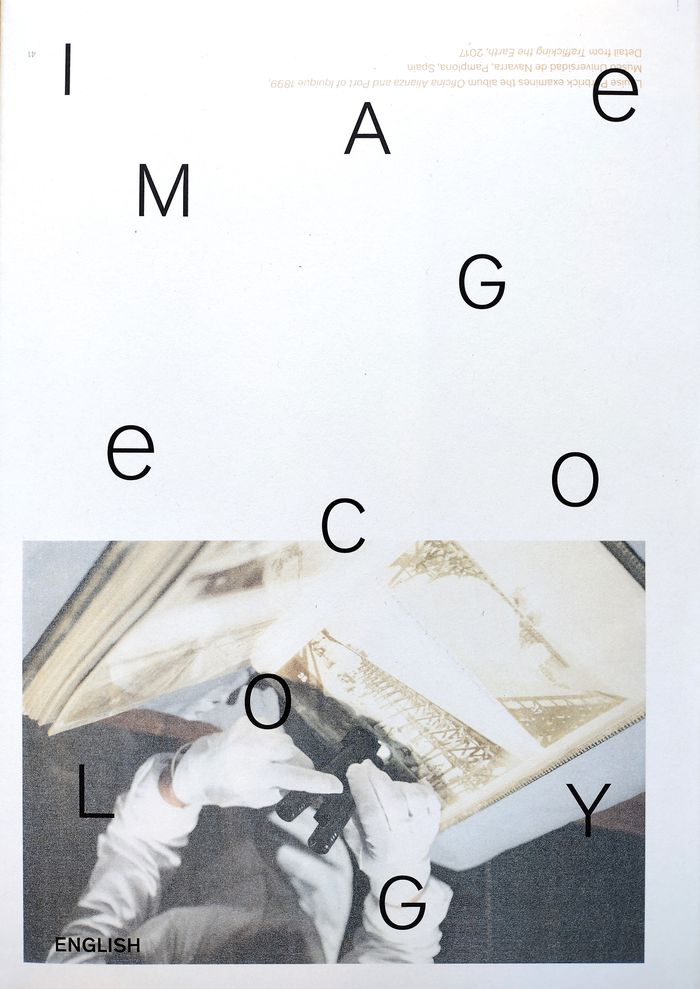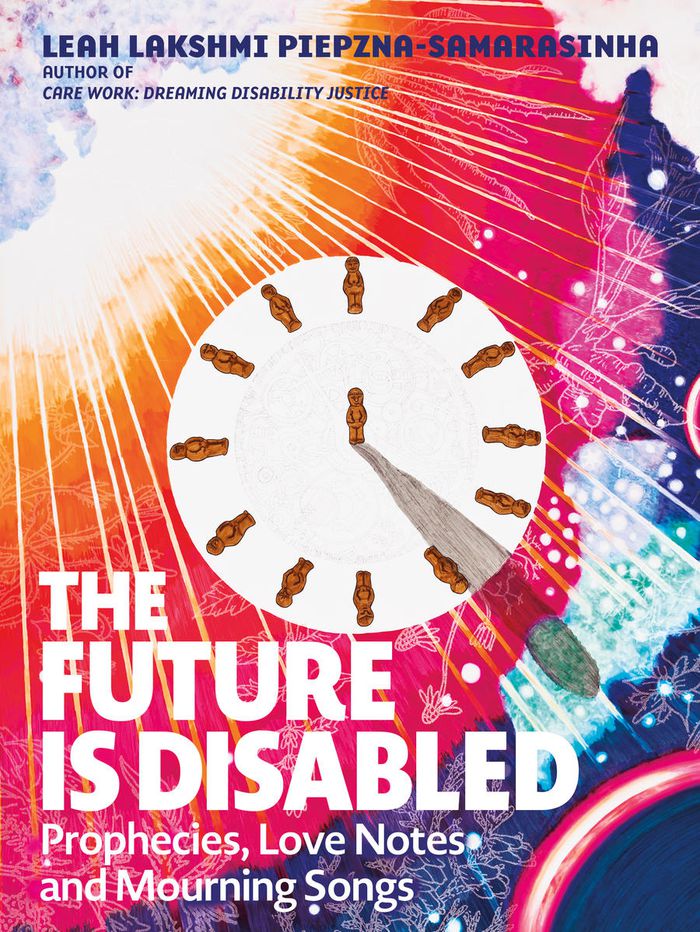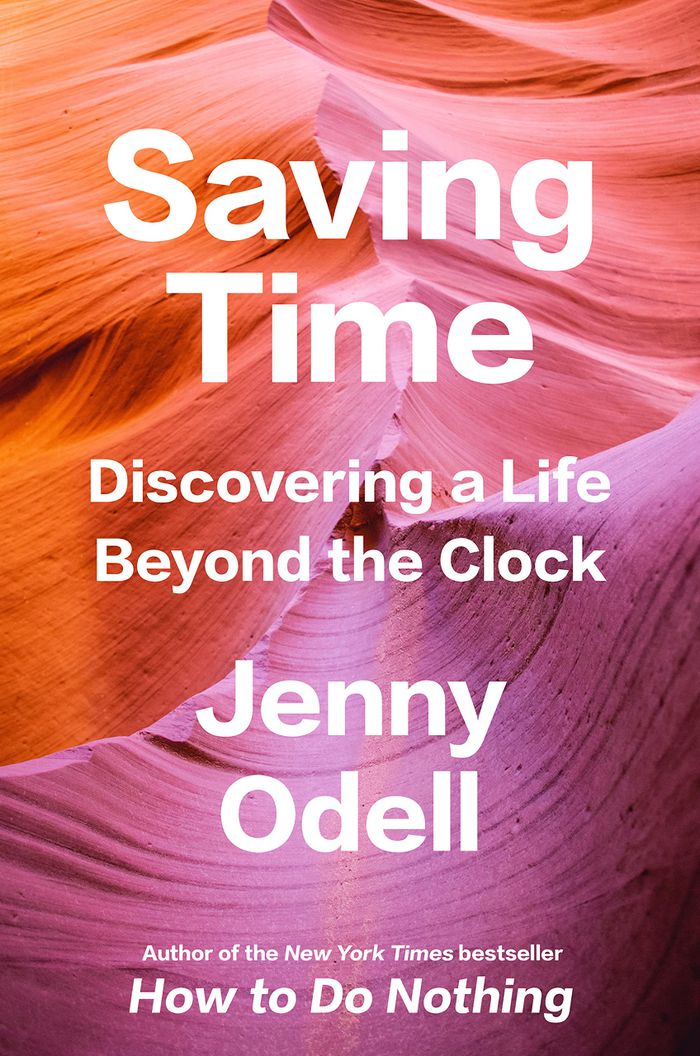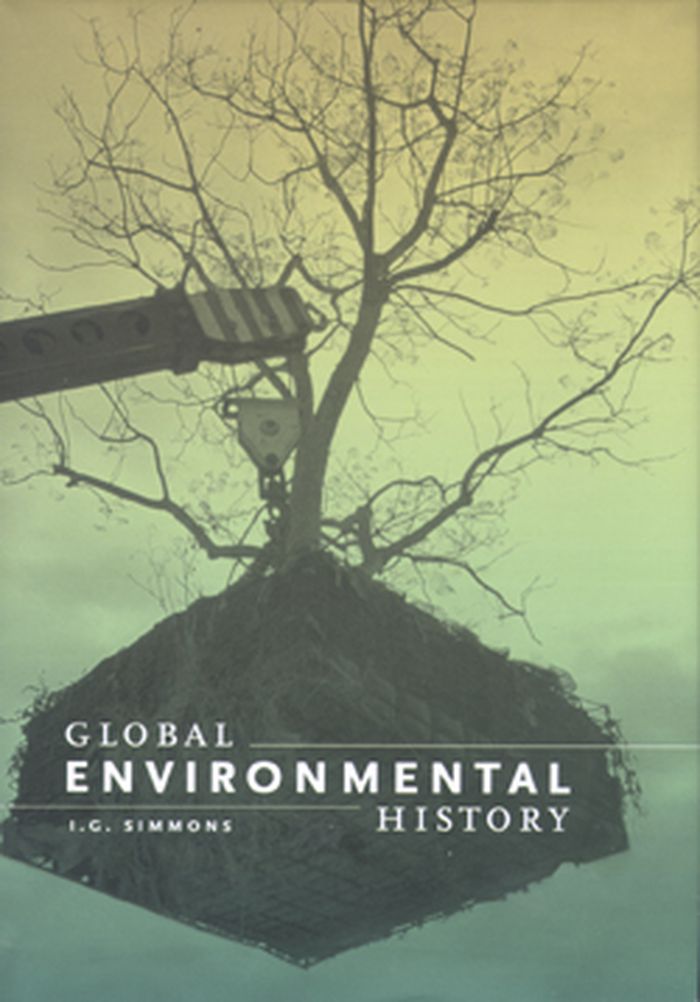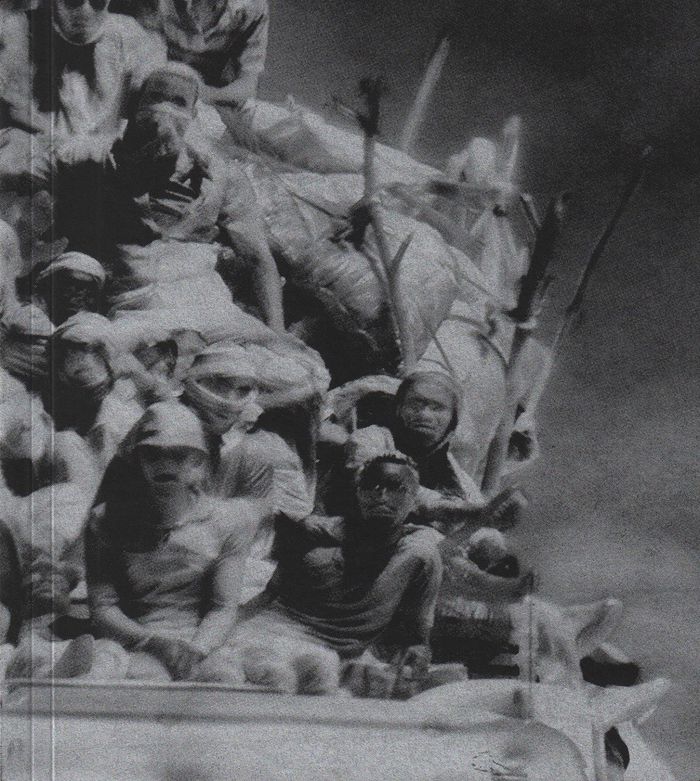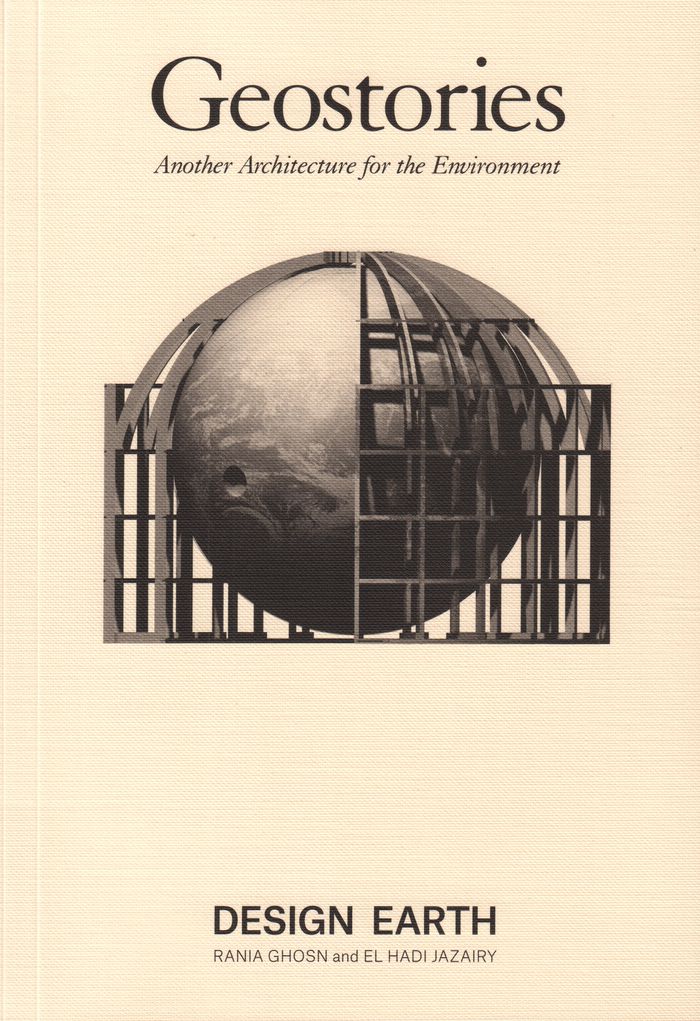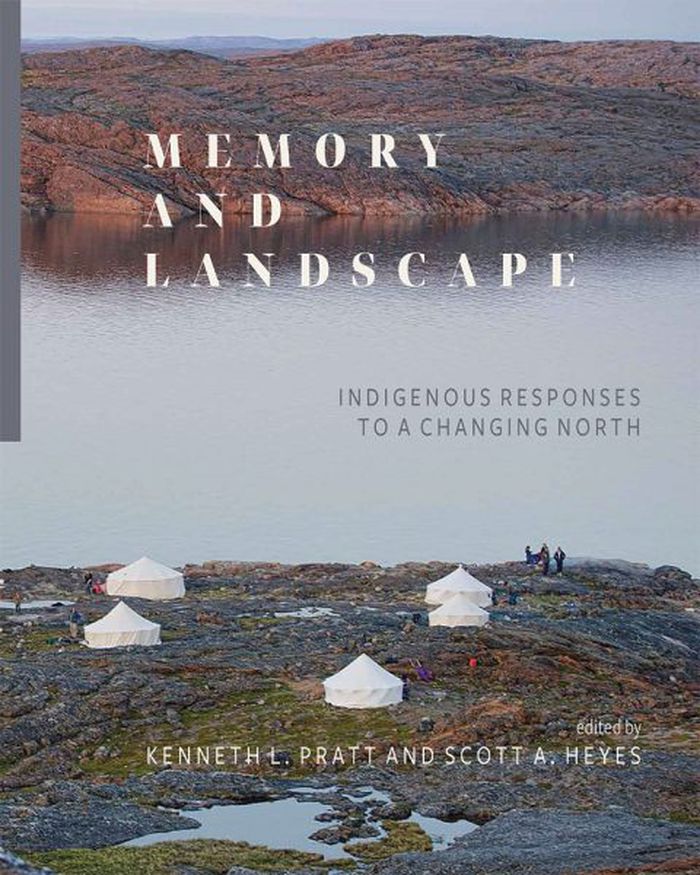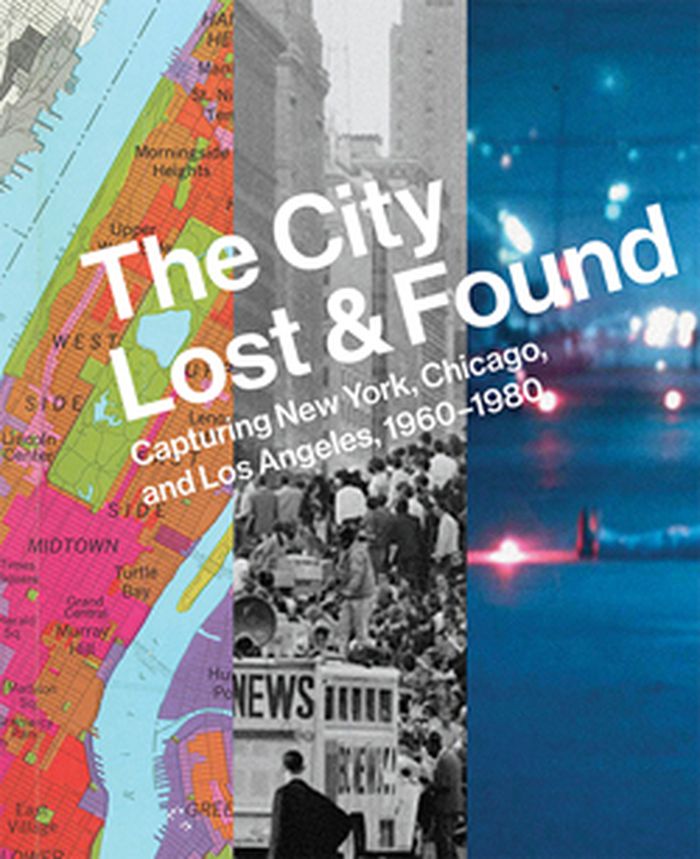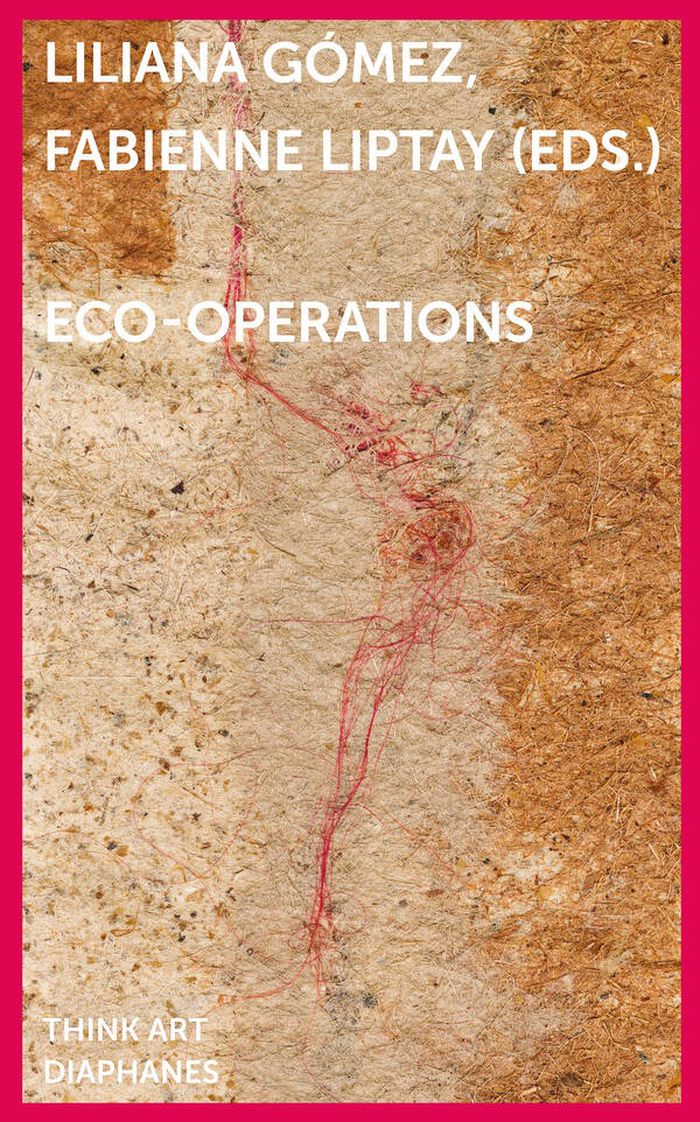Image ecology
$65.00
(disponible en magasin)
Résumé:
A survey of contemporary image-making, "Image ecology" marks the beginning of a long-term consideration of nature and ecology in current fine art photography through shows at C/O Berlin. In an attempt to document the systemic causes of the climate crisis, the works included in this volume explore their own material and social conditions. The 12 contemporary artists(...)
Image ecology
Actions:
Prix:
$65.00
(disponible en magasin)
Résumé:
A survey of contemporary image-making, "Image ecology" marks the beginning of a long-term consideration of nature and ecology in current fine art photography through shows at C/O Berlin. In an attempt to document the systemic causes of the climate crisis, the works included in this volume explore their own material and social conditions. The 12 contemporary artists featured employ experimental and traditional historical processes as well as new technologies. "Image ecology" dissects photography as an ecological practice, a medium that is defined as much by the nexus of material, labor, energy and waste that its production and circulation require as by what it represents. Featuring an extensive essay by environmental historian Jason W. Moore, and contributions by over a dozen international writers, the book even unpacks its own production process: from material supply chains and working conditions to wrapping and postage.
Photographie- collections
$24.95
(disponible en magasin)
Résumé:
In this book, Leah Laksmi Piepzna-Samarasinha asks some provocative questions: What if, in the near future, the majority of people will be disabled - and what if that's not a bad thing? And what if disability justice and disabled wisdom are crucial to creating a future in which it's possible to survive fascism, climate change, and pandemics and to bring about liberation?(...)
The future is disabled: Prophecies, love notes and mourning songs
Actions:
Prix:
$24.95
(disponible en magasin)
Résumé:
In this book, Leah Laksmi Piepzna-Samarasinha asks some provocative questions: What if, in the near future, the majority of people will be disabled - and what if that's not a bad thing? And what if disability justice and disabled wisdom are crucial to creating a future in which it's possible to survive fascism, climate change, and pandemics and to bring about liberation? Written over the course of two years of disabled isolation during the pandemic, this is a book of love letters to other disabled QTBIPOC (and those concerned about disability justice, the care crisis, and surviving the apocalypse); honour songs for kin who are gone; recipes for survival; questions and real talk about care, organizing, disabled families, and kin networks and communities; and wild brown disabled femme joy in the face of death. With passion and power, the book remembers our dead and insists on our future.
Social
$39.95
(disponible sur commande)
Résumé:
In this book, Mario Carpo reviews the long history of the computational mode of production, showing how the merger of robotic automation and artificial intelligence will stop and reverse the modernist quest for scale. Today's technologies already allow us to use nonstandard building materials as found, or as made, and assemble them in as many nonstandard, intelligent,(...)
Beyond digital: Design and automation at the end of modernity
Actions:
Prix:
$39.95
(disponible sur commande)
Résumé:
In this book, Mario Carpo reviews the long history of the computational mode of production, showing how the merger of robotic automation and artificial intelligence will stop and reverse the modernist quest for scale. Today's technologies already allow us to use nonstandard building materials as found, or as made, and assemble them in as many nonstandard, intelligent, adaptive ways as needed: the microfactories of our imminent future will be automated artisan shops.The post-industrial logic of computational manufacturing has been known and theorized for some time. By tracing its theoretical and technical sources, and reviewing the design theories that accompanied its rise, Carpo shows how the computational project is now being recast by the urgency of the climate crisis and by the global pandemic, which has tragically proven its viability. Looking at the work of a new generation of designers, technologists, and producers, this volume offers a new modern agenda for our post-industrial future.
Théorie de l’architecture
$38.99
(disponible sur commande)
Résumé:
In her first book, ''How to do nothing,'' Jenny Odell wrote about the importance of disconnecting from the ''attention economy'' to spend time in quiet contemplation. But what if you don’t have time to spend? In order to answer this seemingly simple question, Odell took a deep dive into the fundamental structure of our society and found that the clock we live by was(...)
Saving time: discovering a life beyond the clock
Actions:
Prix:
$38.99
(disponible sur commande)
Résumé:
In her first book, ''How to do nothing,'' Jenny Odell wrote about the importance of disconnecting from the ''attention economy'' to spend time in quiet contemplation. But what if you don’t have time to spend? In order to answer this seemingly simple question, Odell took a deep dive into the fundamental structure of our society and found that the clock we live by was built for profit, not people. This is why our lives, even in leisure, have come to seem like a series of moments to be bought, sold, and processed ever more efficiently. Odell shows us how our painful relationship to time is inextricably connected not only to persisting social inequities but to the climate crisis, existential dread, and a lethal fatalism. This book offers us different ways to experience time—inspired by pre-industrial cultures, ecological cues, and geological timescales—that can bring within reach a more humane, responsive way of living.
Social
Global environment history
$55.00
(disponible sur commande)
Résumé:
Examining this state of flux of both the natural environment and the living organisms that inhabit it, this book ranges from 10,000 BCE to the modern day to present an incredibly rich and deep time overview of how we have come to our current state of ecological crisis. A far-reaching approach that considers the truly global picture and recognizes the contributions of(...)
Global environment history
Actions:
Prix:
$55.00
(disponible sur commande)
Résumé:
Examining this state of flux of both the natural environment and the living organisms that inhabit it, this book ranges from 10,000 BCE to the modern day to present an incredibly rich and deep time overview of how we have come to our current state of ecological crisis. A far-reaching approach that considers the truly global picture and recognizes the contributions of many disciplines — including the natural sciences, the social sciences, and increasingly, the humanities — this publication focuses not only on the material world but also on humans’ ideas about the planet and their place on it. Taking as his starting point the major phases of human technological evolution of the last 12,000 years, Simmons considers how these changes have affected the natural world and goes on to assess the response to conditions such as climate change. By putting today’s environmental preoccupations into a long-term perspective, Simmons reveals the history of some current anxieties.
Architecture écologique
Incoming
$72.95
(disponible en magasin)
Résumé:
At a moment when the world is facing the world’s largest refugee and migration crisis since the Second World War, Incoming by Irish artist and Deutsche Börse Photography Prize winner Richard Mosse deals with the major humanitarian and political plight of our time, the displacement of millions due to war, persecution and climate change. With illuminating texts by Mosse and(...)
Incoming
Actions:
Prix:
$72.95
(disponible en magasin)
Résumé:
At a moment when the world is facing the world’s largest refugee and migration crisis since the Second World War, Incoming by Irish artist and Deutsche Börse Photography Prize winner Richard Mosse deals with the major humanitarian and political plight of our time, the displacement of millions due to war, persecution and climate change. With illuminating texts by Mosse and the philosopher Giorgio Agamben, the 576-page book combines film stills from the artist’s latest video work made in collaboration with electronic composer Ben Frost and cinematographer Trevor Tweeten – a haunting and searing multi-channel film installation, accompanied by a visceral soundtrack. Journeys made by refugees and migrants across the Middle East, North Africa, and Europe are captured with a new weapons-grade surveillance technology that can detect the human body from 30.3km. Blind to skin colour, this camera technology registers only the contours of relative heat difference within a given scene, foregrounding the fragile human body’s struggle for survival in hostile environments.
Monographies photo
$48.95
(disponible en magasin)
Résumé:
How do we make sense of the Earth at a moment in which it is presented in crisis? ''Geostories'' is a manifesto on the environmental imagination that renders sensible the issues of climate change and through geographic fiction invites readers to relate to the complexity of Earth systems in their vast scales of time and space. The book is organized into three(...)
Geostories: another architecture for the environment
Actions:
Prix:
$48.95
(disponible en magasin)
Résumé:
How do we make sense of the Earth at a moment in which it is presented in crisis? ''Geostories'' is a manifesto on the environmental imagination that renders sensible the issues of climate change and through geographic fiction invites readers to relate to the complexity of Earth systems in their vast scales of time and space. The book is organized into three sections–terrarium, aquarium, planetarium, each of which revisits such devices of wonder that assemble publics around representations of the Earth. The series of architectural projects becomes a medium to synthesize different forms and scales of knowledge on technological externalities, such as oil extraction, deep-sea mining, ocean acidification, water shortage, air pollution, trash, space debris, and a host of other social-ecological issues. Through design research, ''Geostories'' brings together spatial history, geographic representation, projective design, and material public assemblies to speculate on ways of living with such legacy technologies on the planet.
Architecture écologique
$59.99
(disponible sur commande)
Résumé:
The North is changing at an unprecedented rate as industrial development and the climate crisis disrupt not only the environment but also long-standing relationships to the land and traditional means of livelihood. This publication explores the ways in which Indigenous peoples in the Arctic have adapted to challenging circumstances, including past cultural and(...)
Memory and landscape: Indigenous responses to a changing North
Actions:
Prix:
$59.99
(disponible sur commande)
Résumé:
The North is changing at an unprecedented rate as industrial development and the climate crisis disrupt not only the environment but also long-standing relationships to the land and traditional means of livelihood. This publication explores the ways in which Indigenous peoples in the Arctic have adapted to challenging circumstances, including past cultural and environmental changes. Contributors document how Indigenous communities in Alaska, northern Canada, Greenland, and Siberia are seeking ways to maintain and strengthen their cultural identity while also embracing forces of disruption. Indigenous and non-Indigenous contributors bring together oral history and scholarly research from disciplines such as linguistics, archaeology, and ethnohistory. With an emphasis on Indigenous place names, this volume illuminates how the land—and the memories that are inextricably tied to it—continue to define Indigenous identity. The perspectives presented here also serve to underscore the value of Indigenous knowledge and its essential place in future studies of the Arctic.
Expositions en cours
$66.00
(disponible en magasin)
Résumé:
American cities underwent seismic transformations in the 1960s and '70s, from shifting demographics and political protests to reshaping through highways and urban renewal. Amid this climate of upheaval, photographers, architects, activists, performance artists, and filmmakers turned conditions of crisis into sites for civic discourse and artistic expression. The City Lost(...)
Théorie de l’urbanisme
novembre 2014
The city lost & found: capturing New York, Chicago, and Los Angeles
Actions:
Prix:
$66.00
(disponible en magasin)
Résumé:
American cities underwent seismic transformations in the 1960s and '70s, from shifting demographics and political protests to reshaping through highways and urban renewal. Amid this climate of upheaval, photographers, architects, activists, performance artists, and filmmakers turned conditions of crisis into sites for civic discourse and artistic expression. The City Lost and Found explores photographic and cinematic responses to the changing fabric of New York, Chicago, and Los Angeles that contributed to a reconsideration of cities in popular media and urban policy during this period. This book raises timely questions about the role of art within the social, political, and physical landscape of cities. Featuring contributions from more than 20 noted scholars in fields including art history, urban planning, architecture, and cultural studies, this is the first publication to address an important shift in photographic, cinematic, and planning practices based on close observations of streets, neighborhoods, and seminal events in the country's three largest cities.
Théorie de l’urbanisme
Eco-operations
$88.00
(disponible sur commande)
Résumé:
The climate change crisis has become part of aesthetic discourse and critical research in culture and the arts. Future-oriented, ecologically conceived possibilities for action are being explored by artists, curators, and scholars alike. eco-operations addresses these emerging aesthetic ecologies and new technologies of cooperation that both challenge and shape a(...)
Eco-operations
Actions:
Prix:
$88.00
(disponible sur commande)
Résumé:
The climate change crisis has become part of aesthetic discourse and critical research in culture and the arts. Future-oriented, ecologically conceived possibilities for action are being explored by artists, curators, and scholars alike. eco-operations addresses these emerging aesthetic ecologies and new technologies of cooperation that both challenge and shape a sustainable future, foregrounding interruptions, ruptures, disconnections, dissonances, exclusions, and allochronism. Moving beyond the concepts of “flow” and “network” as a single, coherent (ecological or technological) system, "eco-operations" instead emphasizes the frictions within asynchronously running systems. The infrastructures and formats of artistic production and exhibition play a central role here, as they themselves constitute ecosystems that invite and regulate processes of sharing and exchange. Artists and activists are embedded in these ecosystems, in which they simultaneously intervene when searching for alternative ways of creating collaborative practice. Bringing together scholars, artists, writers, and curators, and working across a range of disciplines, "eco-operations" explores this field of tension between global and local ecologies and aims to speculate on where dissonances imply both creative potential and political challenges.
L'écologie de l'architecure
